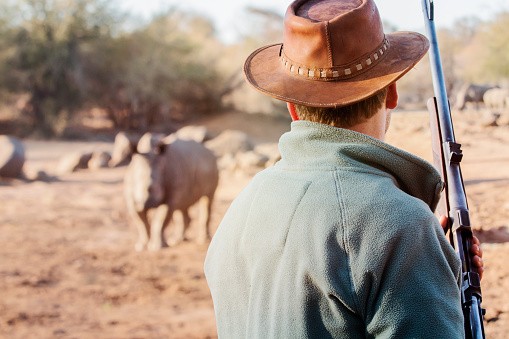
According to the latest World Wildlife Crime Report of the United Nations (UN), about 4,000 species of plants and animals are victims of illegal global wildlife trade.
An Inconvenient Truth
The new report was compiled from more than 140,000 records of wildlife seizures, which took place between 2015 and 2021 in 162 territories and countries. Although there are a few positive signs of decreased trafficking in some iconic animals, many lesser-known species fall victim to illegal trade.
Around 3,250 of these animals are included in the Convention on International Trade in Endangered Species (CITES) of Wild Fauna and Flora. Of all the recorded seizures, corals accounted for 16%, followed by crocodiles and their close relatives at 9%. Meanwhile, elephants represented 6%, down from 16% in 2005-2014.
The report also states that the actual levels of wildlife trafficking are far greater than the recorded wildlife seizures. It also points out that wildlife trafficking contributes to local or global extinctions for some of the most affected species, like succulents, rare orchids, and reptiles. These are also the animal and plant species that are most vulnerable since they are given little public attention.
Wildlife crime poses untold harm to nature, according to Ghada Waly, Executive Director of the United Nations Office on Drugs and Crime (UNODC). She also noted that illegal trade jeopardizes public health, livelihoods, good governance, as well as the ability of our planet to fight climate change.
The illegal transport of animals can also facilitate the spread of new diseases, bringing increased risks to public health. As the planet faces increasing stress from pollution and climate change, overconsumption through wildlife trafficking puts livelihoods at risk. It can also drive the most vulnerable to participate in illegal practices.
Over the last decade, however, there has been a decline in illegal hunting of elephants and rhinoceros. This proved that with targeted efforts, our society can achieve progress against illegal wildlife trade.
The UN report encourages more research and monitoring, as the data on illegal wildlife trade still remains unclear. The report also stresses the importance of keeping communities and their overall wellbeing. As custodians of the planet's treasures, these communities must increase their awareness while protecting their interests.
READ ALSO : New Australian Technology Suggests Use of AI in Detecting Wildlife Smuggling Inside Human Luggage
Drivers of Illegal Wildlife Trade
For two decades, government authorities have engaged in coordinated international efforts to address illegal wildlife trafficking. Still, such practice remains one of the greatest threats to the existence of many species.
Corrupt practices undermine enforcement and regulation, while technology speeds up the capacity of wildlife traffickers to reach global markets. During the COVID-19 pandemic, much of the wildlife trafficking practices were carried out online. This made it even harder for government authorities to track down the traffickers.
Much of the trade for rarer plant and animal species was driven by the desire for exotic pets, like dazzling spiders, and an increasing demand for reptiles. However, trafficked species are also used for other purposes, like traditional medicines and fashion. They have also been used for illegal drugs, like the poisonous toad, which is known to possess psychedelic toxins.
Check out more news and information on Illegal Wildlife Trade in Science Times.
© 2025 ScienceTimes.com All rights reserved. Do not reproduce without permission. The window to the world of Science Times.










